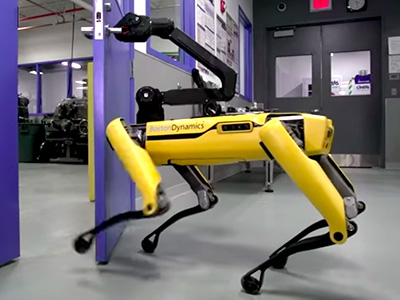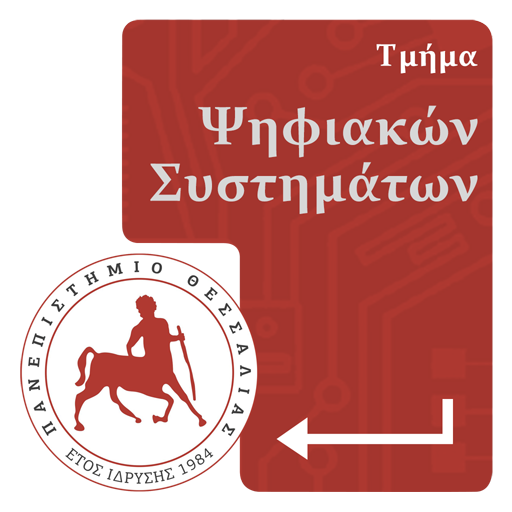Robotic Systems
Module ID
Ε804
Semester
8
Hours/Week - ECTS
4 – 5

Dimitrios Kosmanos
Adjunct Lecturer
Learning Outcomes
The aim of the course is to present the basic concepts related to the modeling, design, programming, and control of robotics systems as well as the methodologies, subsystems and algorithms that make up their autonomous operation.
Upon completion of the course, the student will be able to:
- Understand Kinematic (Upright and Reverse) Analysis of a Robotic Arm
- Design the Robotic Arm Trajectory
- Implement Static Analysis of Robotic Arm (Jacobian Matrices and Transformations of Forces and Moments) as well as Dynamic Analysis of Robotic Arm (Newton-Euler and Lagrange Models)
- Implement Basic Robotic Arm Control Techniques (PID, Decentralized Control)
- Understand the motion capabilities and limitations of a robotic vehicle
- Design motion control schemes for autonomous wheeled robotic vehicles considering their motion capabilities and limitations
- Select and design navigation and obstacle avoidance algorithms for autonomous wheeled robotic vehicles
Indicative Module Content
- Structure and classification of Robots
- Kinematic (Upright and Reverse) Analysis of a Robotic Arm
- Robotic Arm Trajectory Design
- Static Analysis of a Robotic Arm (Jacobian Matrices and Transformations of Forces and Moments)
- Dynamic Analysis of a Robotic Arm (Newton-Euler and Lagrange Models)
- Basic Robotic Arm Control Techniques (PID, Decentralized Control)
- Introduction to autonomous robotic vehicles. Wheeled, underwater, aerial robotic vehicles. Basic principles of movement and operation.
- Kinematic analysis of wheeled robotic vehicles.
- Kinematics and control of differential wheeled robotic vehicle. Kinematics and control of a multidirectional wheeled robotic vehicle.
- Trajectory planning and obstacle avoidance. Artificial dynamic fields, navigation functions, probabilistic road maps.
- The V-REP emulation environment. Introduction and description of basic functions.
- Introduction to Robot Operating System (ROS).


